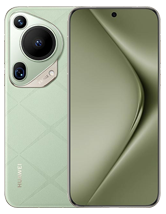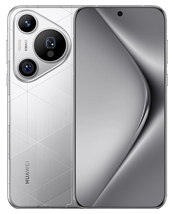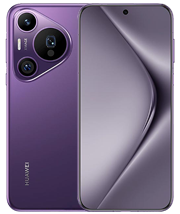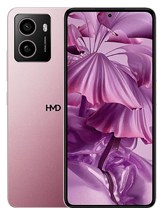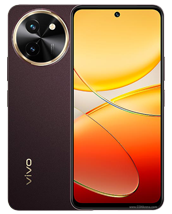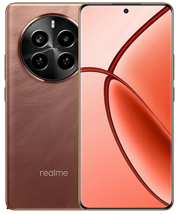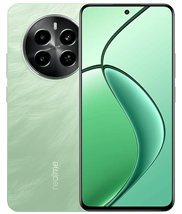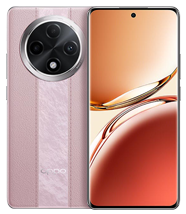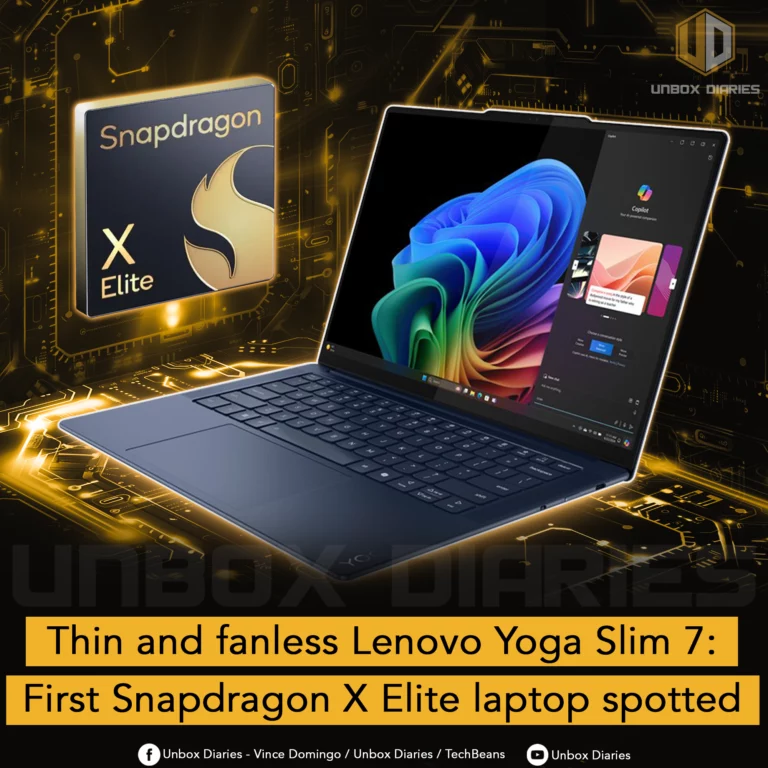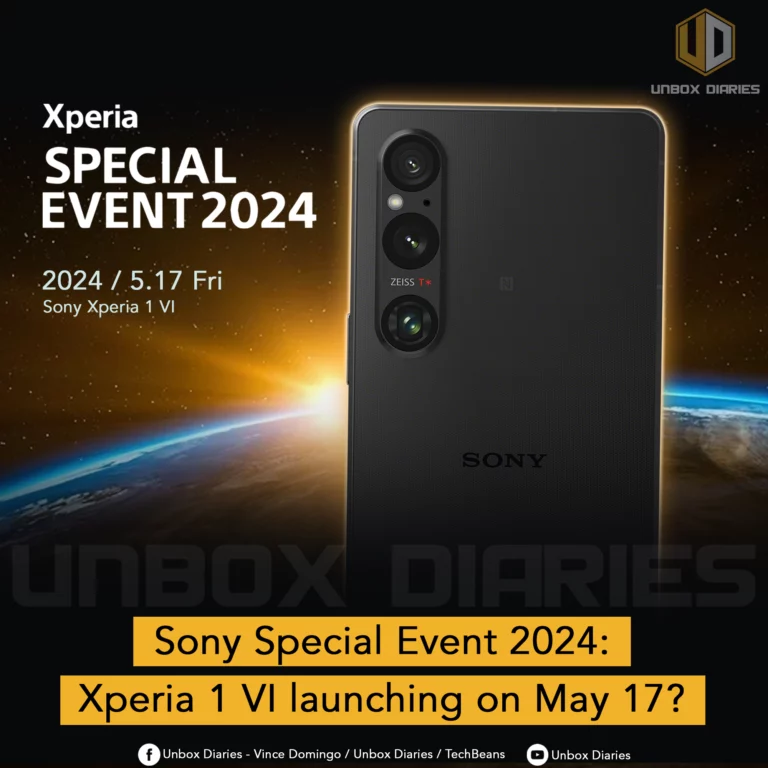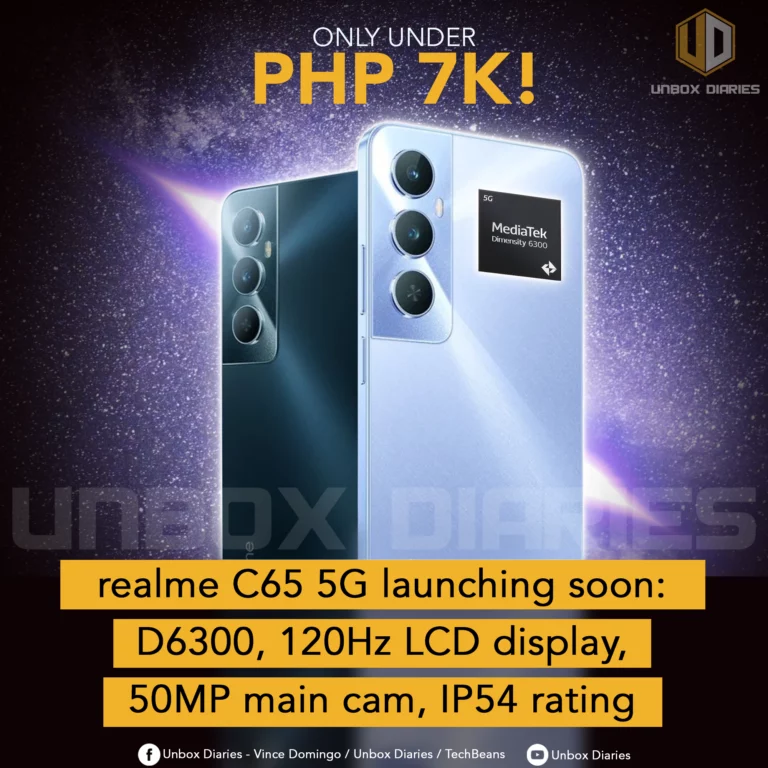Xiaomi has finally mastered the art of balance, where the pros ultimately surpassed its cons
This particular standard version is the most satisfying phone we have reviewed in a while. We also feel like this is the one people will buy without hesitation. Now, if you are willing to find out why then stick around — and buckle up for Xiaomi’s most refined smartphone yet.
It’s been a long, long way since Xiaomi started a decade ago — from an iPhone clone to a fully-fledged company that managed to develop a strong brand identity, we are thrilled to see what features they improved, ditched, and tried as well.
Xiaomi’s Number series is their own experimental brand as well: from standout colors, and mind-boggling crazy features down to the path of maturity– we will decide whether the Xiaomi 13 is full of luck, or it’s already jinxed from the start. But before that, let’s take a look at its quick specs.
Key specs
- 6.36-inch E6 OLED display, FHD+ resolution, 120Hz refresh rate, 1,900 nits peak brightness
- 4nm octa-core Qualcomm Snapdragon 8 Gen 2 processor with 5G
- Adreno GPU
- 8GB LPDDR5X RAM
- 256GB UFS 4.0 storage
- Triple 50-megapixel main with HyperOIS, 12-megapixel, 10-megapixel rear cameras
- 32-megapixel front camera
- Under-display fingerprint reader
- 4,500mAh battery with 67-watt fast wired charging, 50-watt fast wireless charging
- MIUI 14 based on Android 13
- IP68 certification
- Stereo speakers tuned by Dolby Atmos
Click here to view the full specs sheet: Xiaomi 13’s specs page on Unbox Diaries
We’d love to do the unboxing thing yet again, but to save time, we are linking the Xiaomi 13’s unboxing and first impression article here: https://unboxdiaries.com/xiaomi-13-unboxing-and-first-impressions/
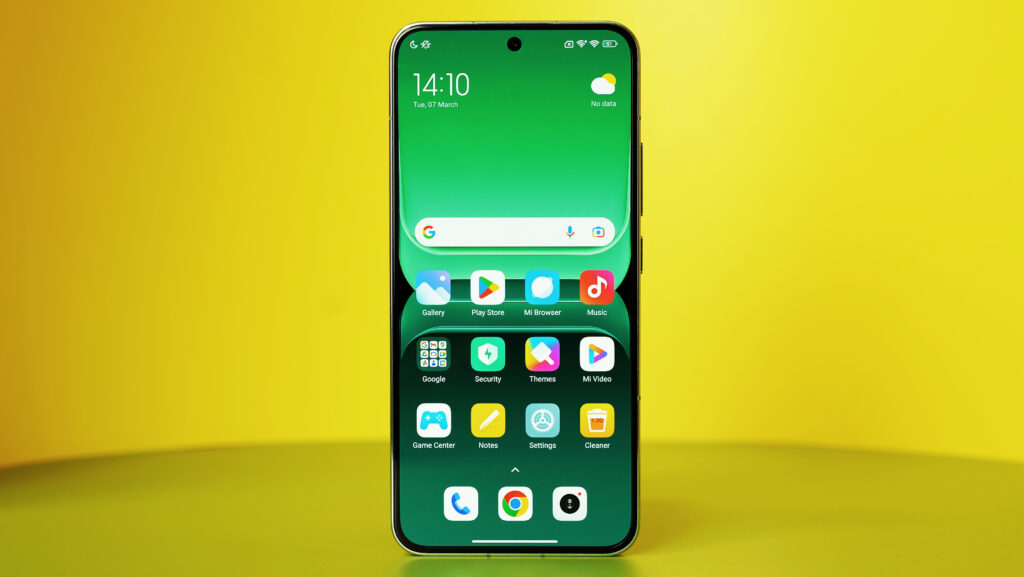

Shades of iPhone, shadow of none
These days, tech companies put more and more stuff in smartphones such that the body has to be bigger. The largest regular phone we’ve known has reached 7 inches (think of Cherry Mobile Flare S8 Max), which makes us miss the old days when the phone could be operated with one hand. When the mobile phone becomes no longer mobile, then more features become overblown, which in turn — becomes more excessive.
What’s the fad nowadays? Everything big from the battery, sound, cameras, features, and the display– things may look out of hand. But the truth is, it’s just the current trend. But Xiaomi does a 360-degree turn: for a brand that’s notoriously known for riding the high waves of trends, this is a very reserved, conservative, and well-thought-out phone, starting from its screen size.
A 6.36-inch screen might be small compared to your 6.8-inches and 6.5 inches of the smartphone world now but no, Xiaomi wants to go back in time when this size is considered a phablet already, and now a compact phone. Keep in mind, the Xiaomi 13 isn’t really a compact device, but it feels like one, and we’re happy to jump on board for it.
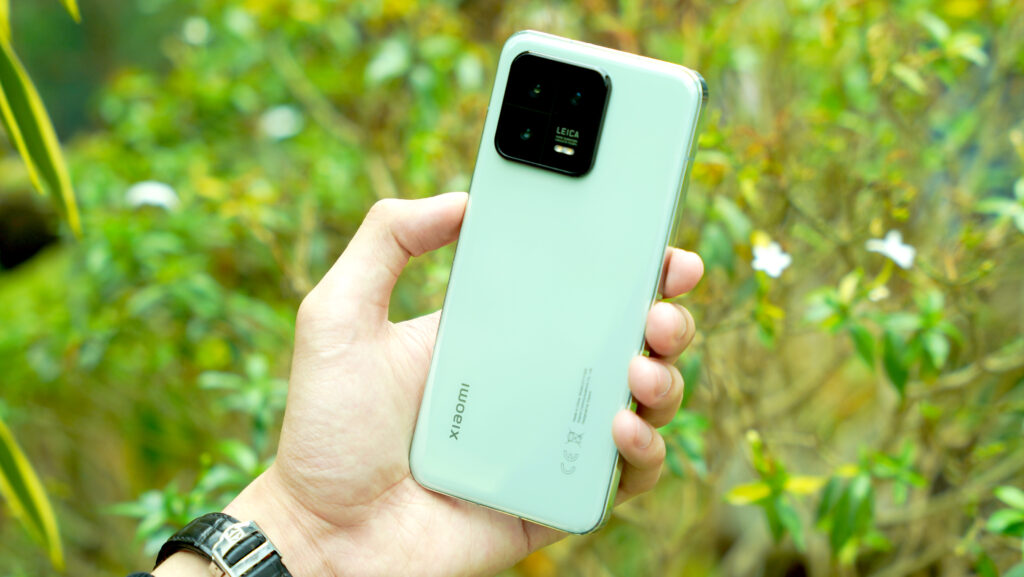
It is difficult to find a compact phone like this with no shortcomings: after all, there isn’t a perfect phone. Only better ones. That is where Xiaomi 13 aims to throw a curveball to perhaps convince the public that being “juts” is the new sh** again.
While it is a little bigger than the Xiaomi 12, it has the perfect balance between size and functionality. This is actually the main reason why we kinda rooting for this phone in the first place. Remember, a smartphone’s ability to perform the tasks it is designed for is always a win over the one that goes for flashiness.

Yes, we’re back to the glass gang
Instead of the vegan leather like that on the Xiaomi 12s, the Xiaomi 13 has a glass back. Of course, while the vegan leather is nicer to touch than the ‘bland’ glass one, we think that the material will be a dirt magnet in case you go commando without a case, and we don’t want to find ourselves scrubbing and patting away the dirt and build-up with a microfiber cloth.
So yes, this time, we will endure the fingerprint smudges with open arms with the Xiaomi 13.
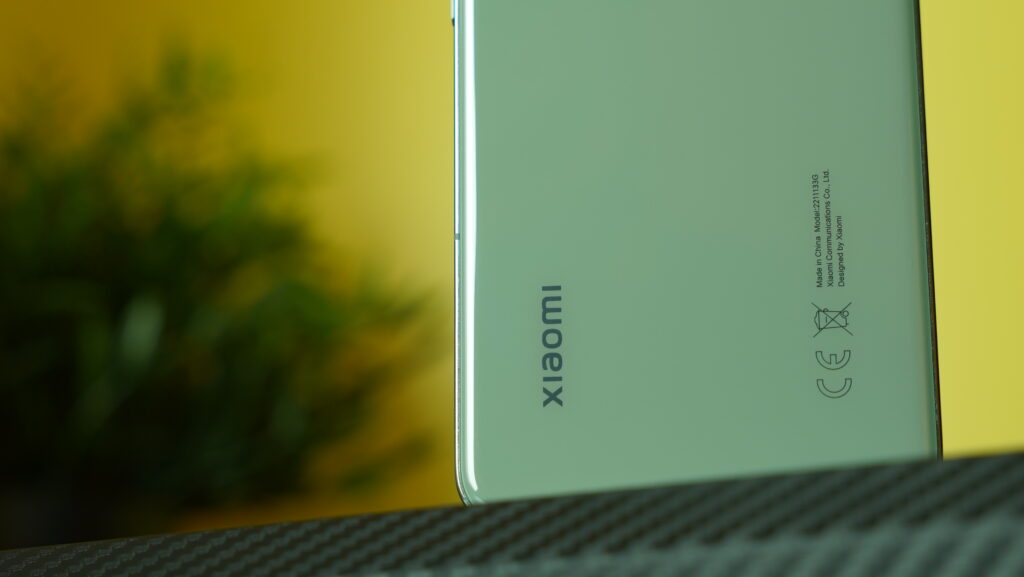
Look at the size of that
Because of the small size and feather-like weight, handling this phone doesn’t feel like a bar of soap or a chunk of brick either. It’s a nice feeling all in all. It’s compact, easy to hold, and discreetly elegant.
Flagship specs need flagship-grade ports, you know?
The villain of the hour: USB Type-C 2.0. Hello, darkness…our old friend. It’s about the transfer, it’s about power, (not The Rock’s verse), and the overall price point of this device that makes this complaint justified.
Hey, if Xiaomi is asking top dollar for this then we should have the latest specs! Our old Sony XZ2 Compact from 2018 already has a Type-C 3.1 back then, so what’s the logic behind this? Thankfully, the IP68 water and dust-resistant build are here, so it’s a welcome addition to its advantages.
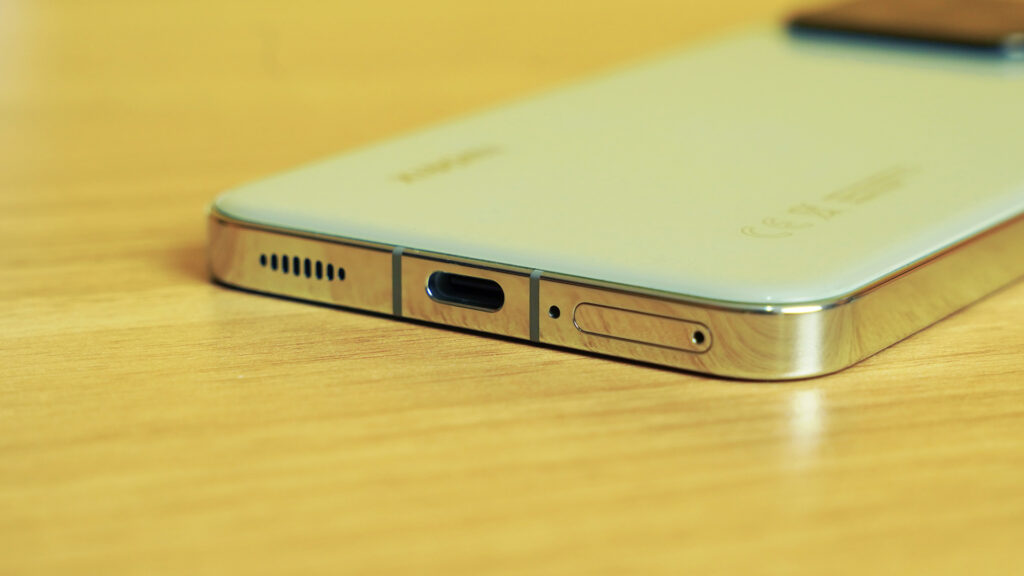

Finally, harmony with the bezels
As you can see from the overall design, Xiaomi must have referenced the design of the iPhone and Samsung. And yes, maybe we’ll take back the “outgrow phase” of Xiaomi because imitation is still the greatest form of flattery. Great minds steal from other great minds, so we’ll give Xiaomi that.
Yes, they might be copycats, but the design is actually pretty, especially the screen. It has equal bezels on all sides which gives symmetrical satisfaction when watching videos or playing games, to all those with OCD there.
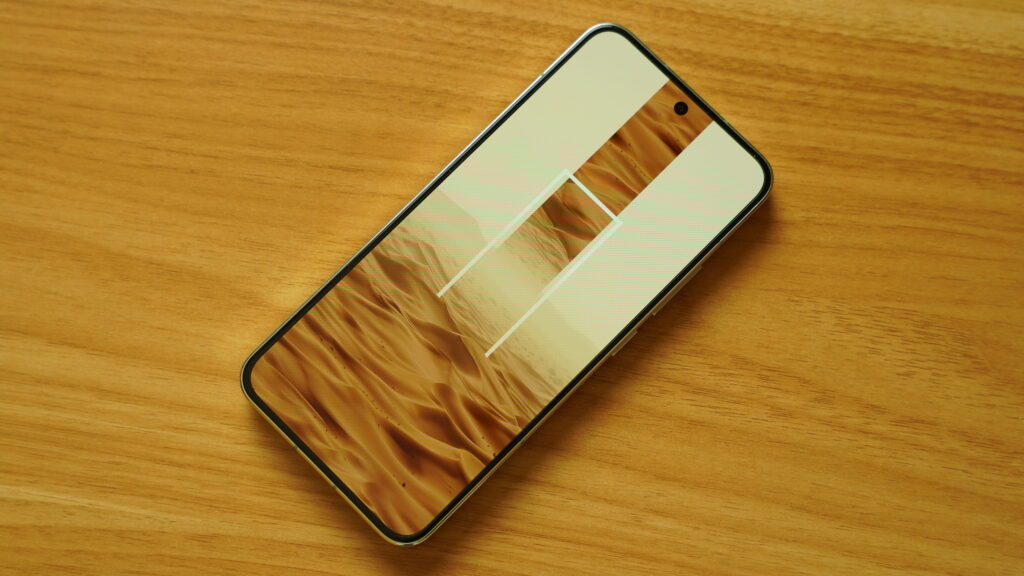
It also has the Adaptive Colors function, which is similar to the TrueTone on iPhone. Not saying that TrueTone is exclusive to iPhones only since it’s all just marketing jargon at this point.
This feature automatically adjusts the color and brightness of your phone screen based on the ambient light in your surroundings. In return, your phone screen will look more natural and comfortable in your eyes in different lighting conditions, such as bright sunlight or warm indoor lighting.
With Dolby Vision and HDR10+ combined with a 120Hz refresh rate, there is no single dull moment when using the Xiaomi 13 — whether you’re watching content, gaming, or just plain reading and scrolling, this phone never misses a beat. The peak 1,200 nits brightness also makes sure that you can use this outdoors with no glaring problems.
Phone resolution isn’t up to par with most flagships?
Some people complain that the standard version doesn’t have 2K resolution, but keep in mind: the PPI on this phone is actually 414, which is pretty dense for its size. This is actually sharper than most 1080p Full HD+ ones like the Tecno Phantom X2.
Using 2K on a smartphone also drains the battery pretty fast so we think that the trade-off is justified. Apart from that, you can still watch 2160p60 HDR videos on YouTube, which are pretty crisp and vibrant.
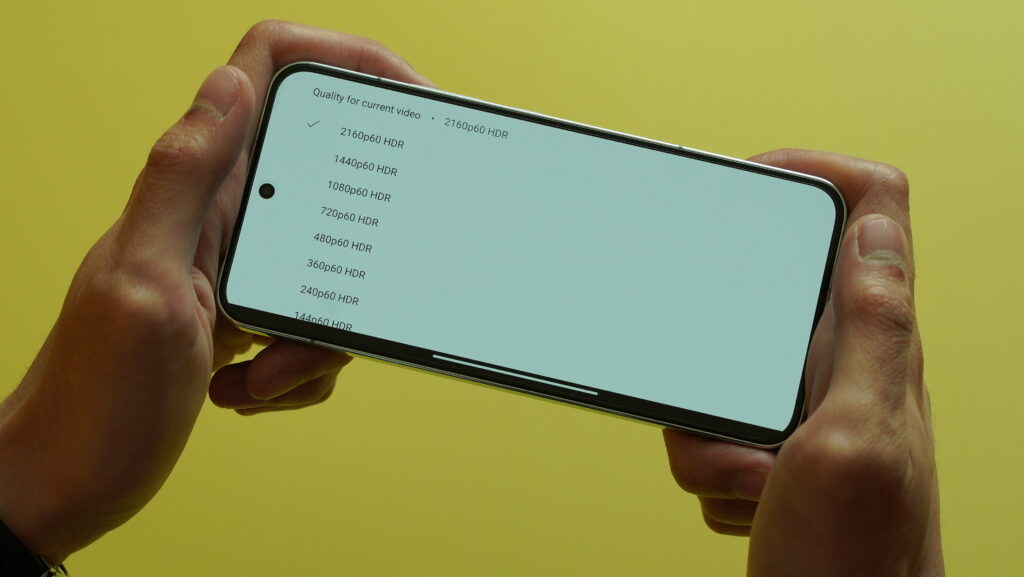

Xiaomi 13 with the newest Snapdragon 8 Gen 2
Small phones aren’t usually known for great thermals when it comes to prolonged gaming sessions. Major examples such as the Redmagic 8 Pro and the Asus ROG Phone 6D Ultimate have bigger chassis and built-in cooling fans to regulate and dissipate heat– thus preventing throttling.
But the Xiaomi 13 doesn’t have that luxury– our contributors noticed abnormal heat after just 1 minute of playing Genshin Impact on max settings. Yes, the frame rate is super high, and the graphics are top-notch, but it doesn’t matter if you can’t play it with those settings all the time– isn’t that the point of having a flagship processor?
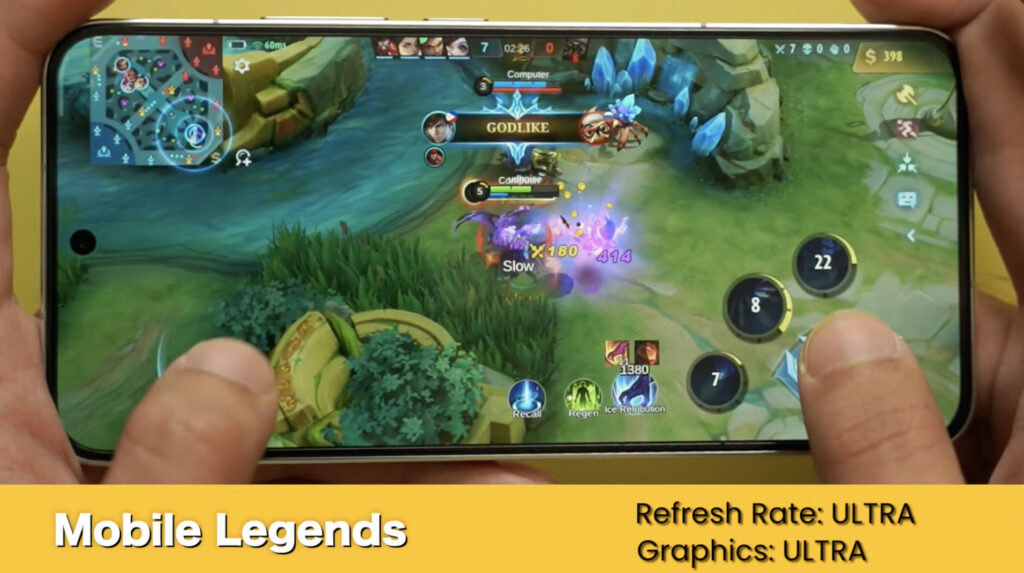
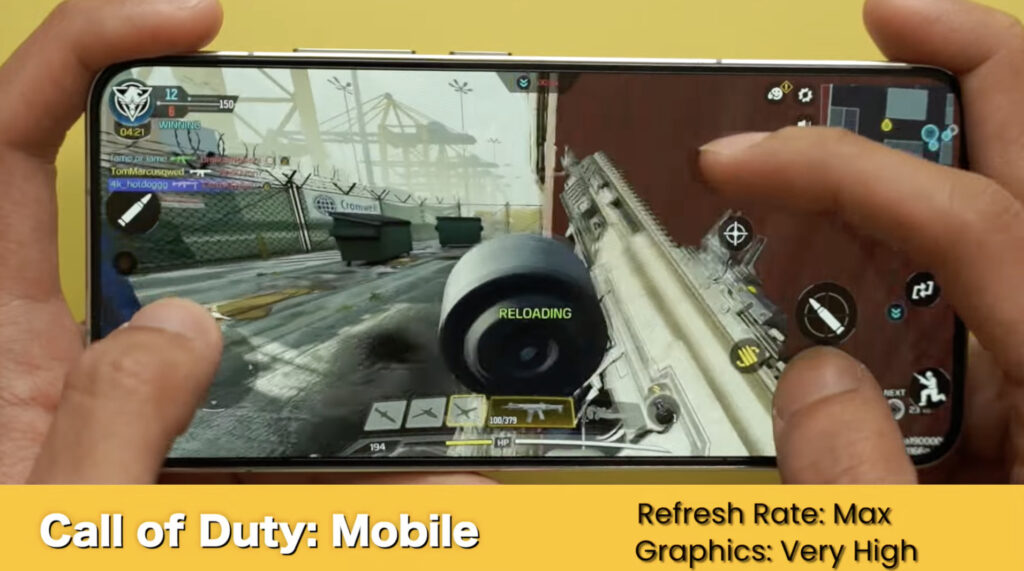
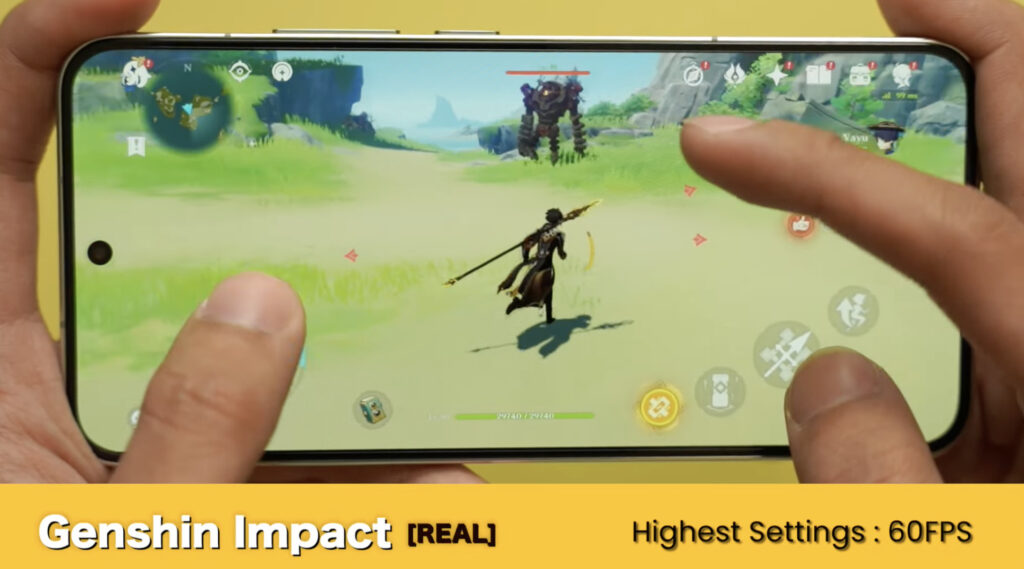
The results in our gameplay with Call of Duty: Mobile and Mobile Legends: Bang Bang is quite exceptional in contrast to the Genshin Impact gameplay. 90Hz and Ultra settings and all — we never experienced any frame drops and throttling, so that’s quite nice and a sure redeemable quality the Xiaomi 13 has. The truth is, Genshin Impact is better suited for PC gaming — and for that, we’ll give it a pass.
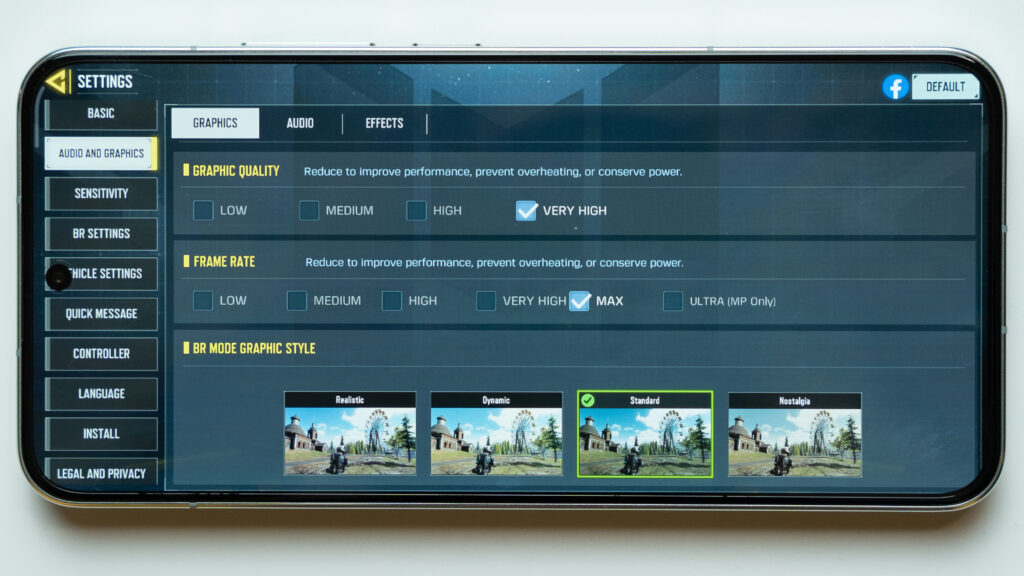
The Game Turbo configuration is one of the best features you can ever wish for this caliber of a phone. Having the ability to control and boot the gaming performance with a single toggle of a button is a major benefit.
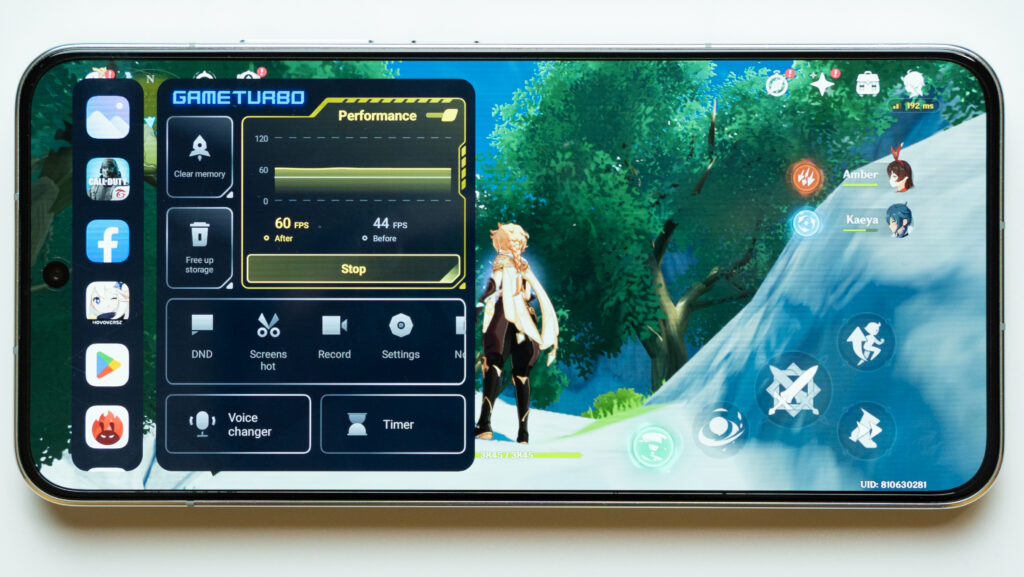
This makes even more sense in Genshin Impact because the difference is so prominent to somehow control the performance to prevent bottlenecking — since we want to unlock its full raw power when gaming.
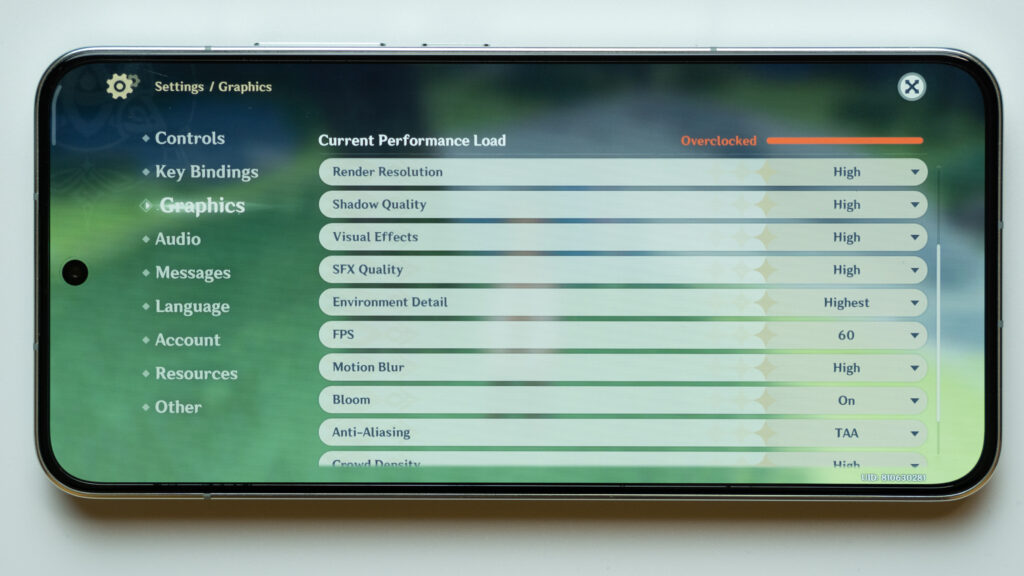
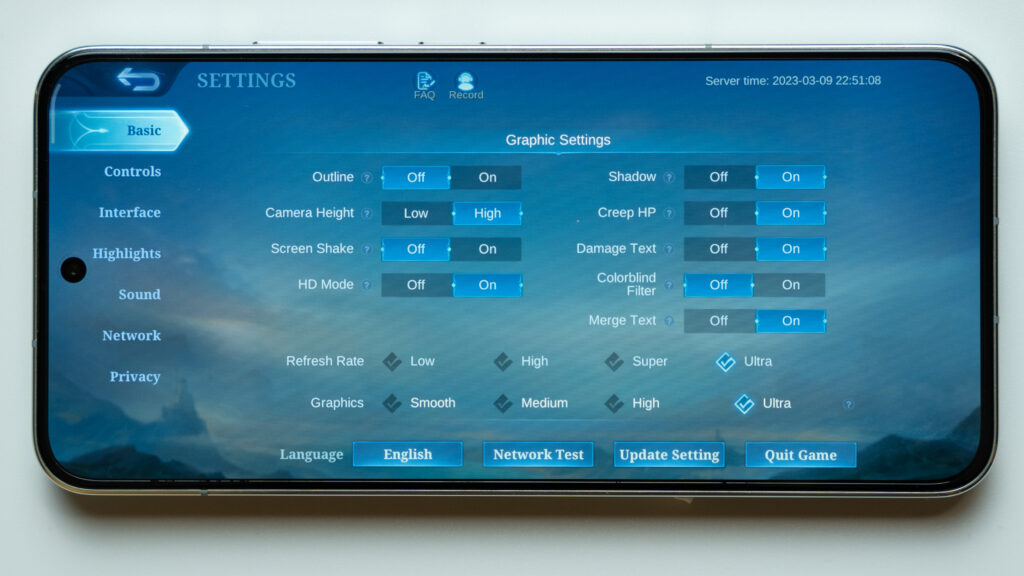

Is the battery and charging speed enough?
The temperature of the phone generally starts increasing midway through the second game but it does not rise exponentially. Battery-wise, the phone has a 4,500mAh battery with a 60W charging speed. This was enough to power the phone for multiple games before we eventually had to charge it.
You may be thinking: the 4,500mAh battery is below standard than what is expected at most flagship phones today: the Samsung Galaxy S23 Ultra has 5,000mAh, but both flagships from Apple and Google both have below than 4,500mAh capacity.
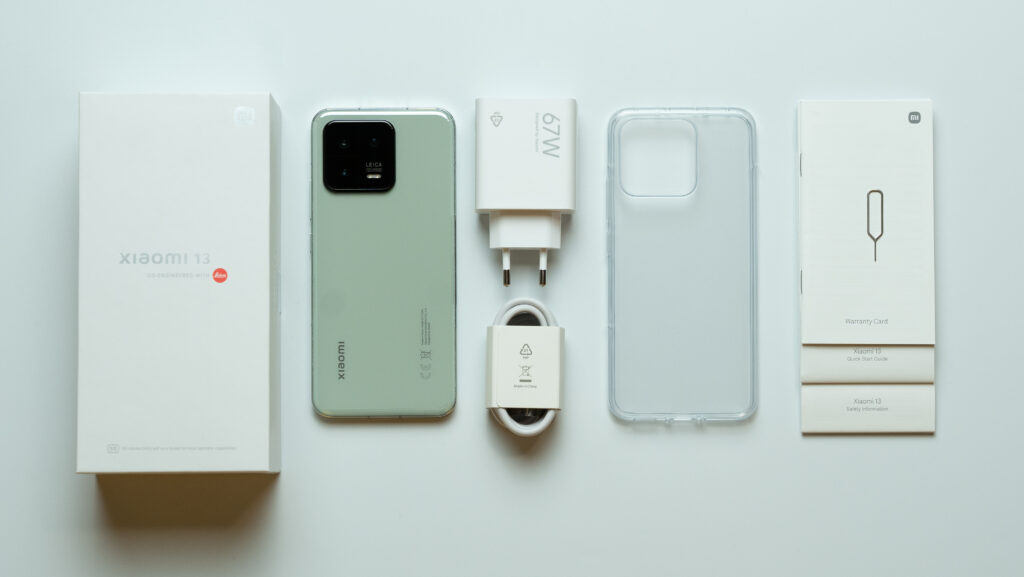
And the charging isn’t slow or anything groundbreaking– but hey, we’ve been spoiled with the fastest charging speeds today that we don’t usually notice a pattern here: flagships tend to opt for lower charging speed and battery to better preserve their battery health. From 8% to 65%, our editor reported that it took around 20-25 minutes to reach that charge.

Performance and synthetic benchmarks
Geekbench test score for the Xiaomi 13 has been quite impressive, chiming at 1,409 points for its single-core performance and 5,145 points for multiple-core. The best scores are suited for a flagship device at least. It may seem like overkill but that’s what you get when Xiaomi decides to give its best instead of cutting corners.
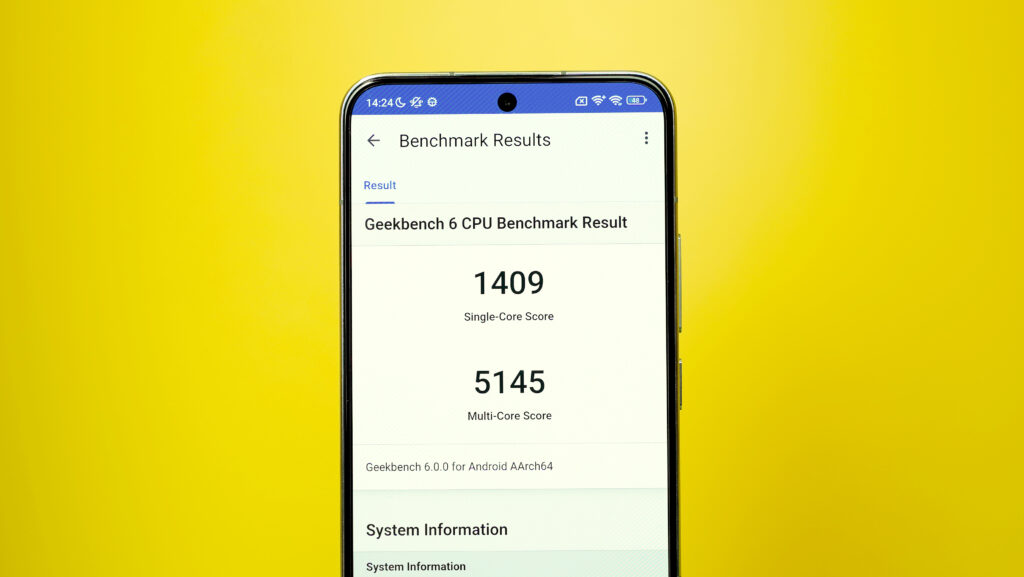
Just for comparison, the Samsung S23 Ultra scores an average of 5,000 points on the multi-core test. This means we could say that the Xiaomi 13 edges out Samsung’s golden boy in terms of performance, but having the same processor, that relies heavily on which phone is more optimized.
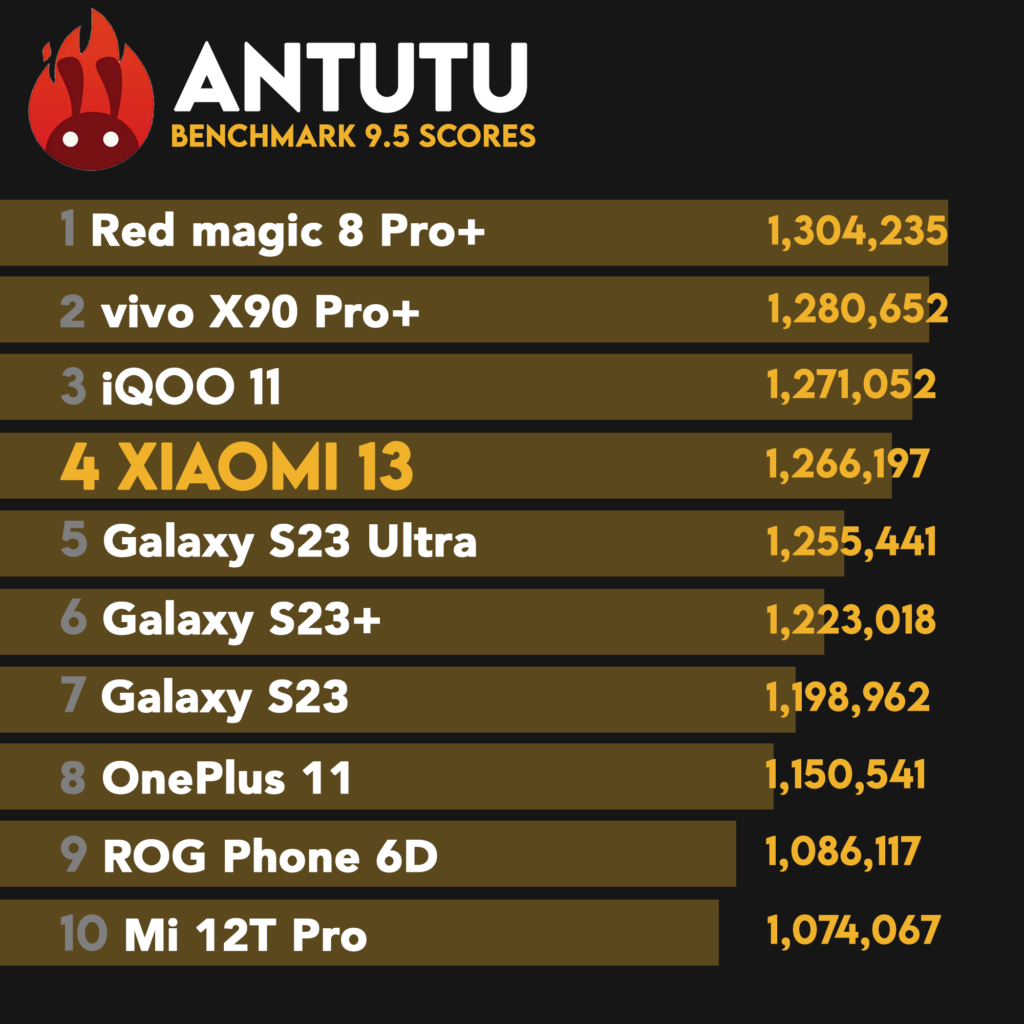
Keep it in mind though that the performance of a smartphone is not solely determined by its Geekbench score. The overall user experience is also affected by factors such as the quality of the display, camera, battery life, and software optimization.
When it comes to everyone’s favorite benchmarking app, AnTuTu, the Xiaomi 13 scored an overall score of 1,266,197 points on the latest 9.5 version which is highly commendable. Of course with the Snapdragon 8 Gen 2, 12GB RAM, and UFS 4.0 fast transfer speed, that is given.
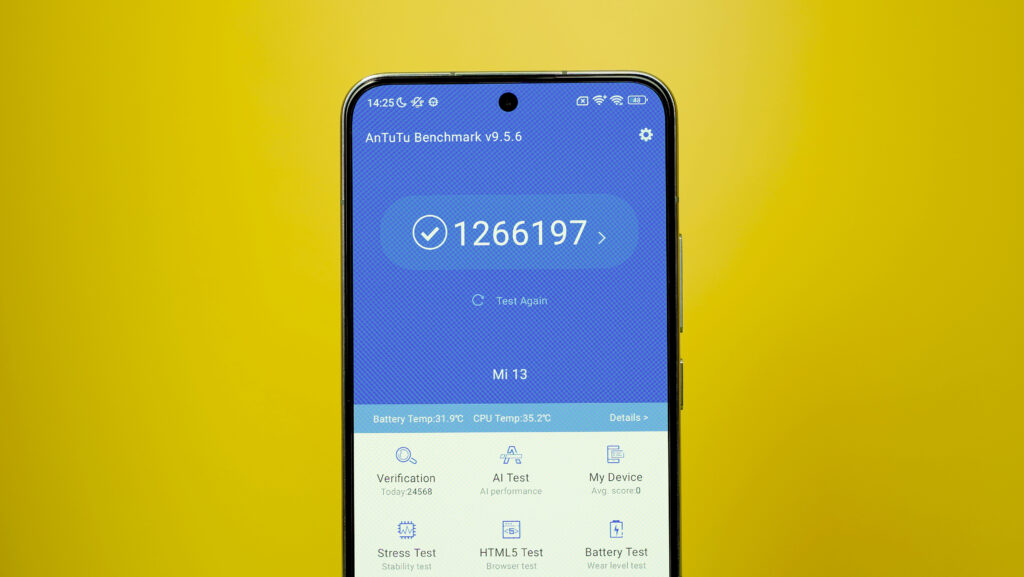

Android 13 on MIUI 14 for Xiaomi 13
While using the phone, we think it’s only right to acknowledge that MIUI 14 has no lags or bugs so far, contrary to popular belief. The smoothness of the new system seems to be working so far– no matter how fast your operation is, it doesn’t lag and is seamless all the time.

Time to shine, cameras!
Compared to the Pro version, the standard version seems to have a less surprising camera system. It does have an above-average camera performance.
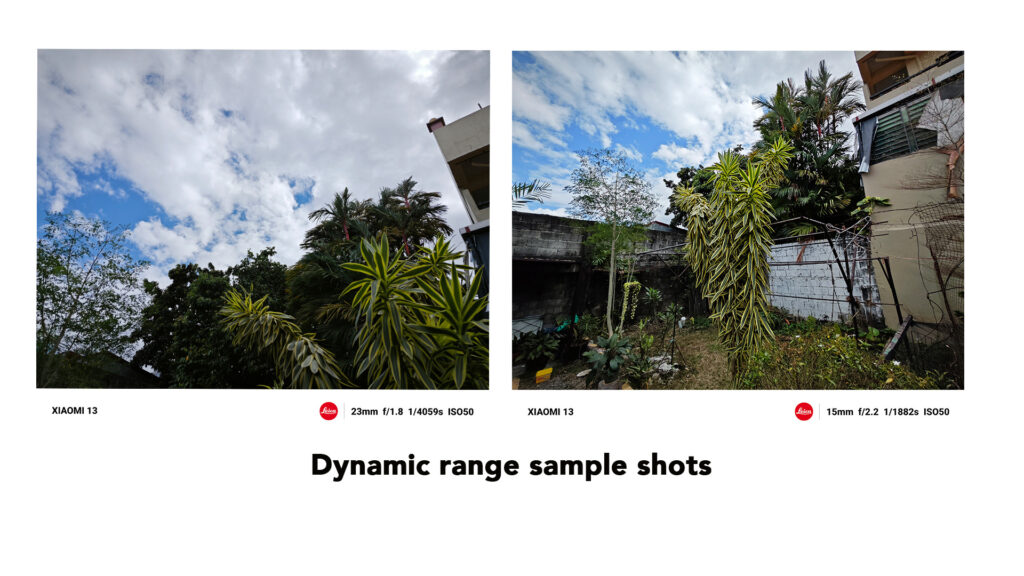

However, because of the 75mm telephoto lens, it stands out from the crowd of small size phones. Usually, people go for big heavy size phones for telephoto lenses, but now that Xiaomi has it, it makes it a winner.
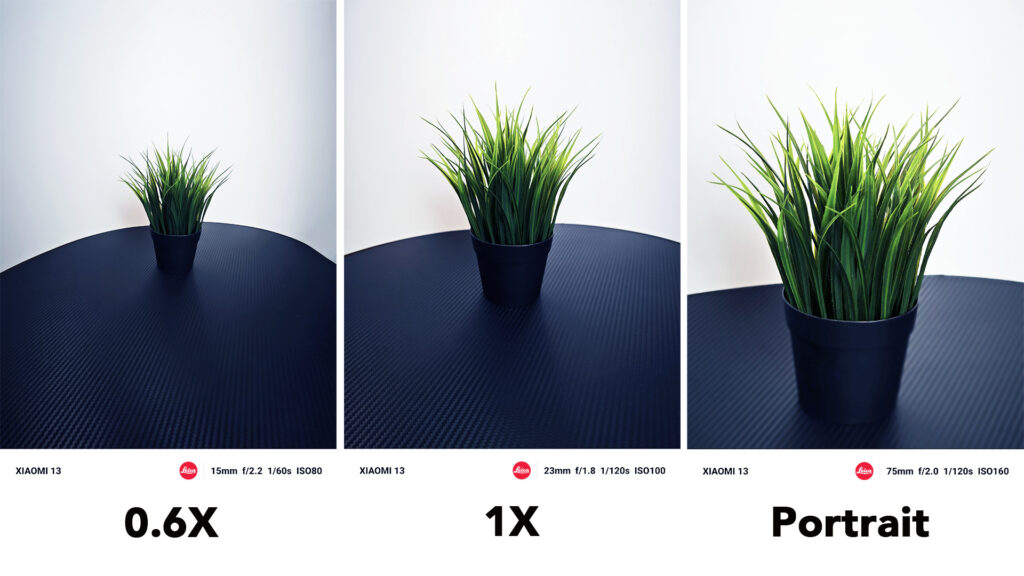
The telephoto allows us to shoot more angles compared to other compact phones, the image quality is better than most and striking details are imposed, and the big RAW-esque file size of each image also helps to retain it.

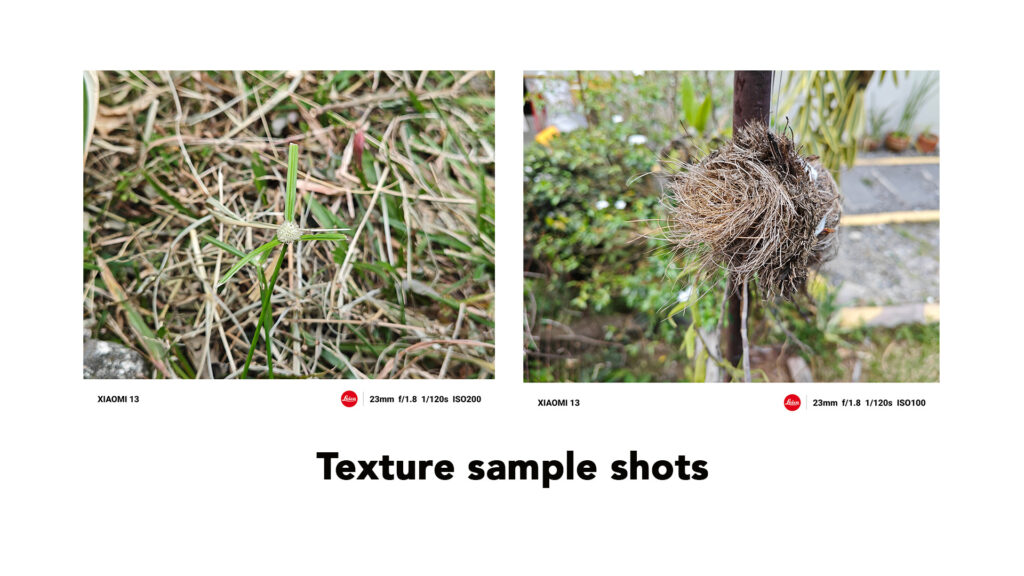
Portrait mode seems to deliver good-quality pictures with reasonable object detection and a good depth of field. The portraits are also clean and pleasing to the eyes. The autofocusing time is also quite fast, and we don’t have anything to complain about more about it.
The issue with LEICA?
LEICA, LEICA…smh. We’ll be honest, with collaboration as big as LEICA, we were expecting a bit more. We tried both the vibrant and authentic modes and here is what we noticed: the colors were always a bit dull in both features especially when it comes to the telephoto lens. Yes, they were more dynamic in terms of colors, but the bottom line is, there’s nothing to write home about this.
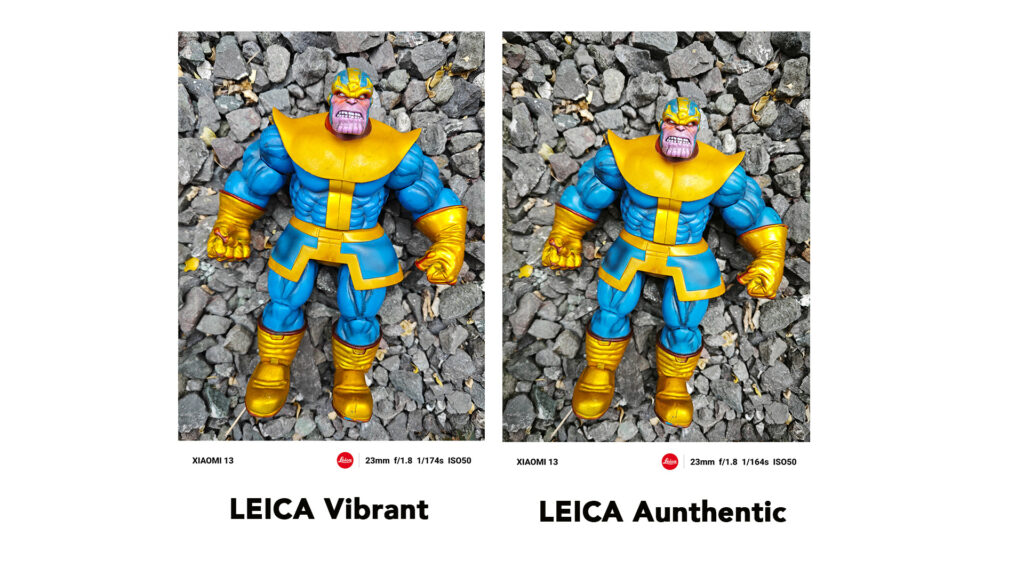
Selfie, selfie tayo pag may time
The selfie mode gave us great details for the 1X mode despite different light exposures. The colors look natural and realistic with all the hair details well depicted. It’s also great that the beauty mode is not the default setting, which gives users the liberty to choose what they want– definite huge plus for us.
The blur has a great separation and doesn’t overdo the computational photography as well.
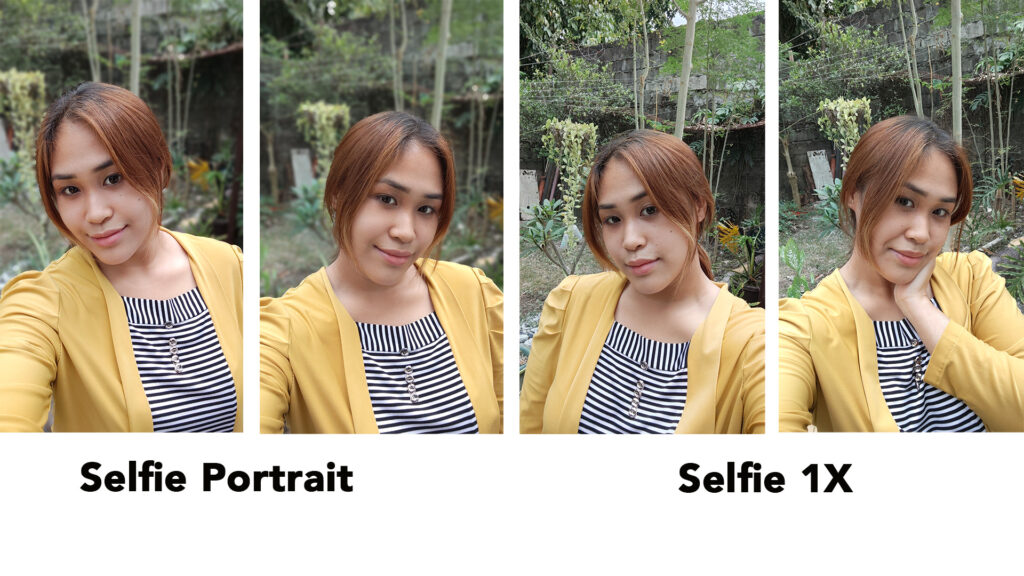

Video quality is one of the best
When it comes to video, the 8K@24fps is gorgeous but we wish for 60fps or at least 30fps, but we are just nitpicking at this point. The 4k and 1080p option is just a *chef’s kiss*, and we have no complaints whatsoever regarding their quality: it’s noise-free, clean, and dynamic, even in bright conditions– the phone’s camera software kicks in and works like a charm.
The same can be said of the Xiaomi 13’s selfie video mode. Of course, if we want to get technical and go by the numbers, that’s not a problem. But we won’t delve into that because as an average consumer, you must know just by looking at it whether it’s great or not.
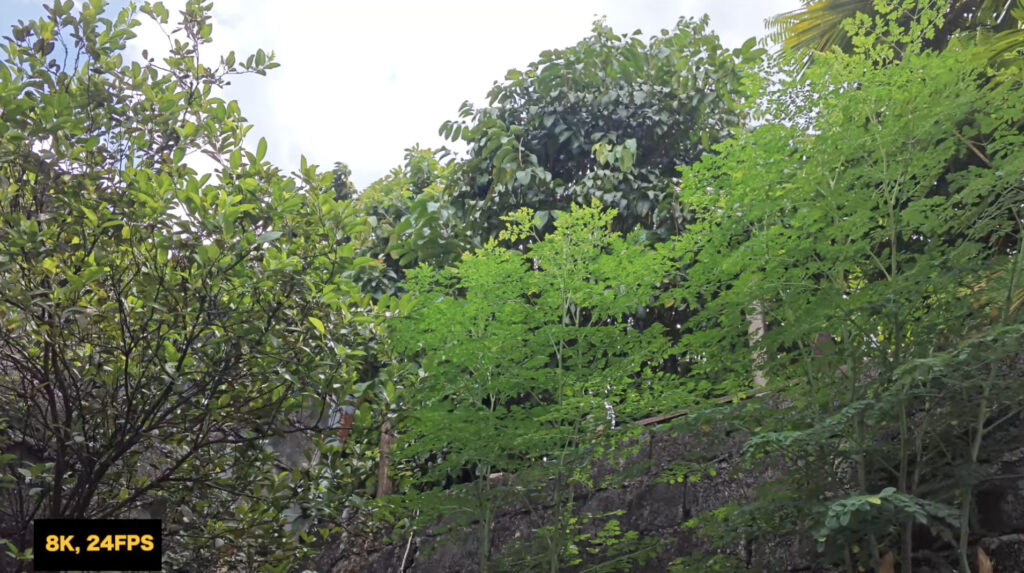


Audio and more
The audio quality is clear and has a soundstage effect going on, even with no earphones on, the sound is loud and detailed enough that your video-consuming needs are spot on even with such a small screen. If you prefer using your wired earphone, a dongle is needed (which is sadly not included in the box, but we get it, they need to follow the Apple trend) or just use any wireless earbuds you have to get a sonically rich, nuanced sound listening experience.

What we love about the Xiaomi 13
✔️ Great robust build and size
✔️ Gorgeous display
✔️ Flagship quality gaming experience
✔️ Great sound quality
✔️ One of the best cameras around
✔️ Stress-free UI
What we dislike about the Xiaomi 13
❌ Despite great gaming performance, it heats up quite a bit when playing heavy gaming titles like Genshin Impact
❌ Xiaomi instead opt-out for a slower charging rate instead of higher watt variant
❌ Still using Gorilla Glass 5
❌ Still using Type-C 2.0 instead of 3.1
Pricing
Xiaomi 13 is officially available in the country with an official price of ₱44,999 for the 8GB/256GB, and ₱59,999 for the 12GB/256GB maxed-out variant.

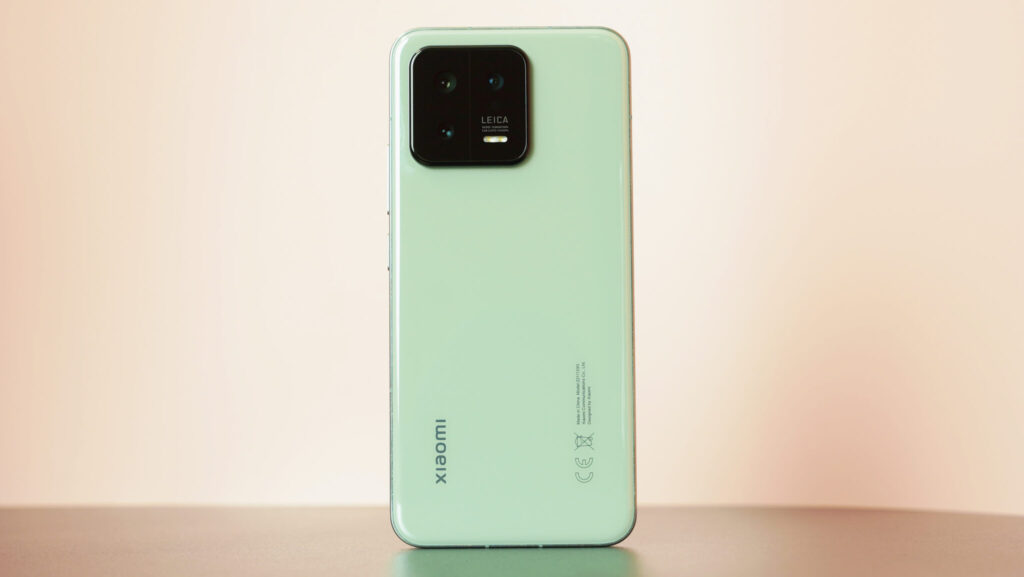

The point is…
We can confidently say that it is one of, if not the best small-size flagship Android smartphones for its perfect balance between size and functionality. Its small size and lightweight body make it easy to handle, and the glass back adds to its premium feel.
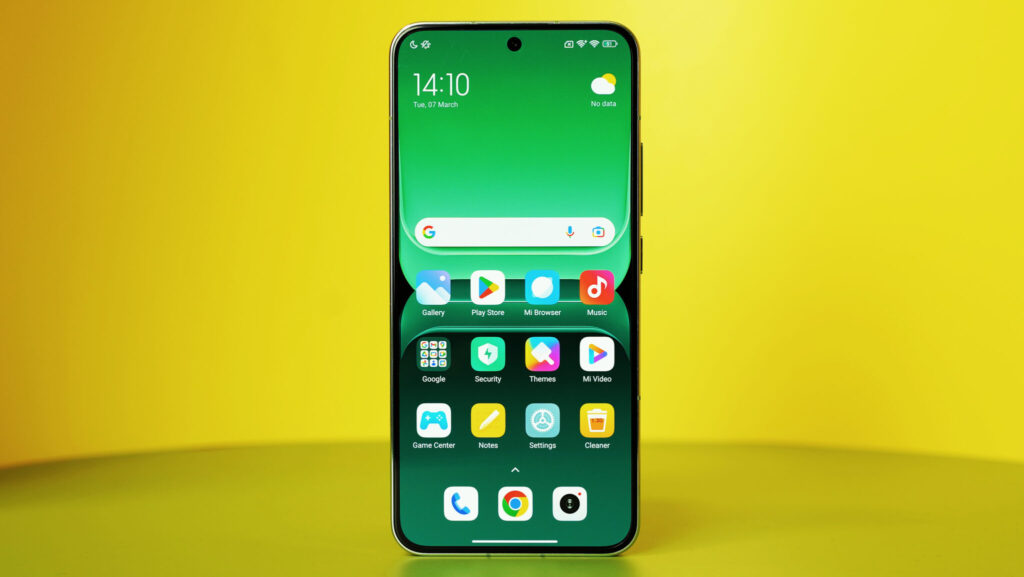
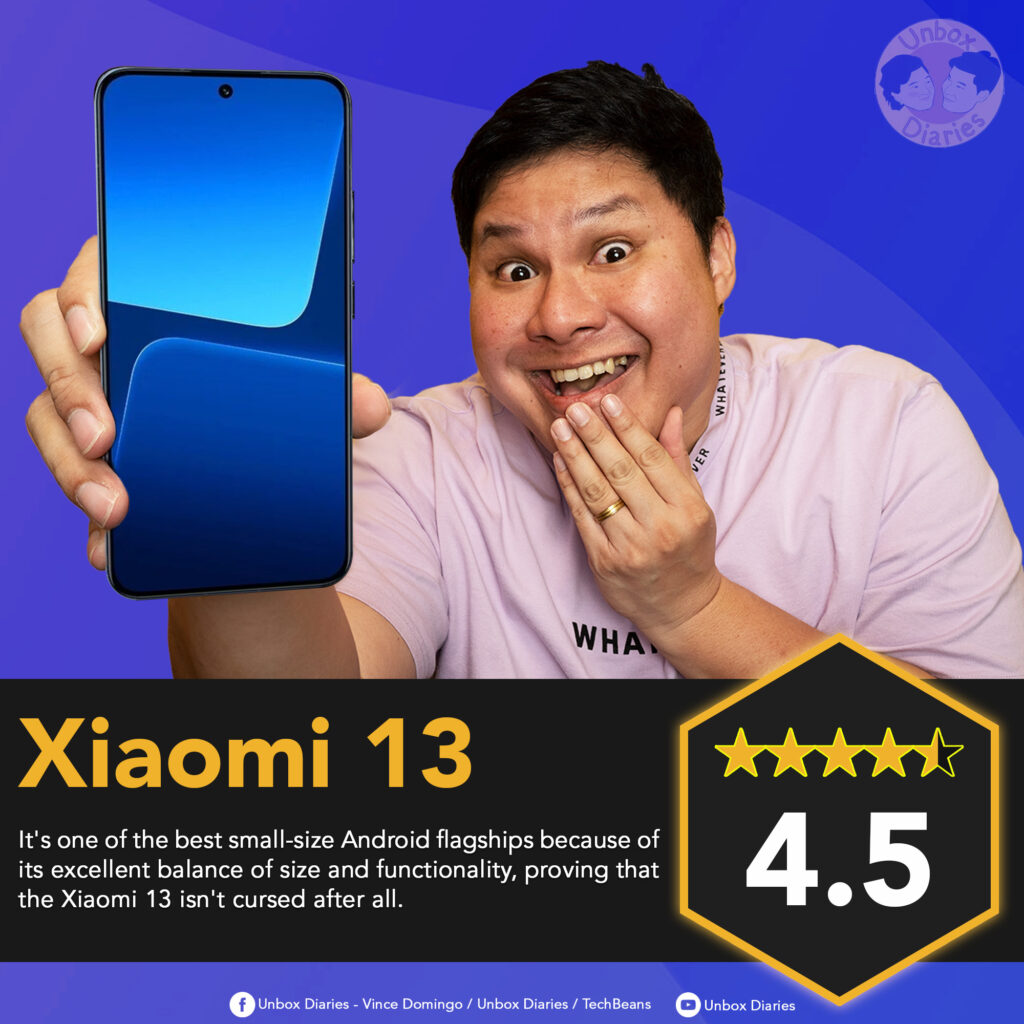
We are happy to say that the Xiaomi 13 isn’t jinxed despite its minor shortcomings. The Xiaomi 13 is an impressive phone with no major drawbacks and a proper culmination of what the company is striving for from the very beginning. 4.5/5 stars.
Written by Praise Ndlovu
Additional writings by Dan Manjares
Gaming data and footage by Francis Mendoza
Graphics by VJ Versoza
Footage by LJ Romano and MJ Guaves

